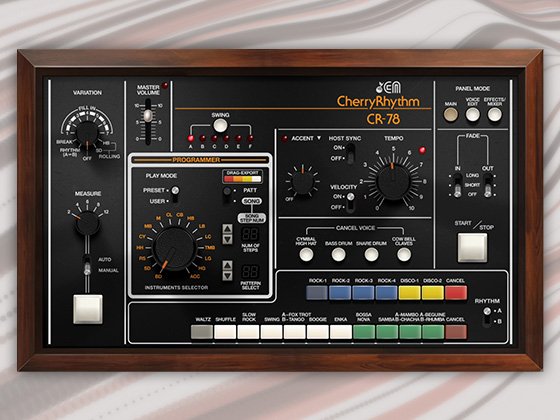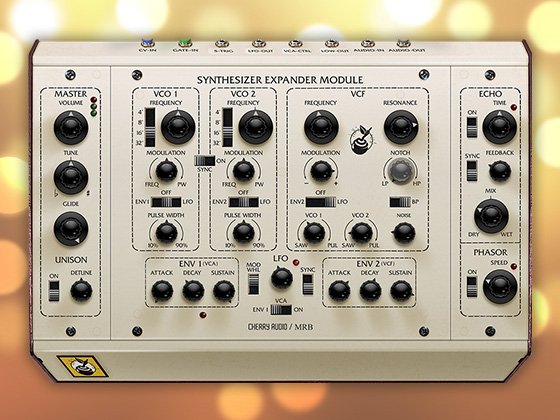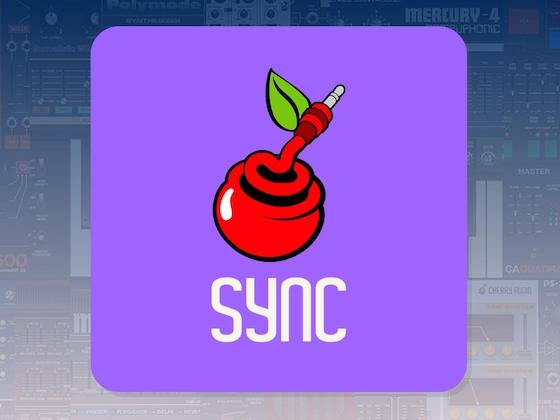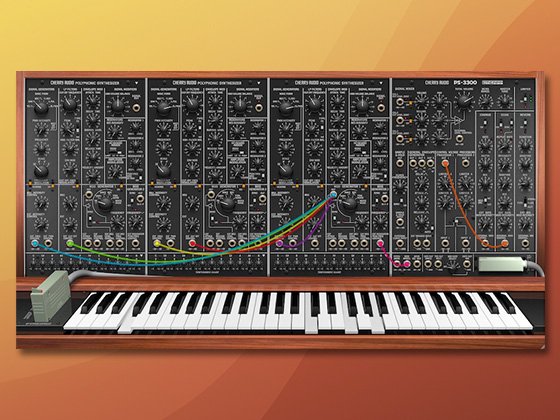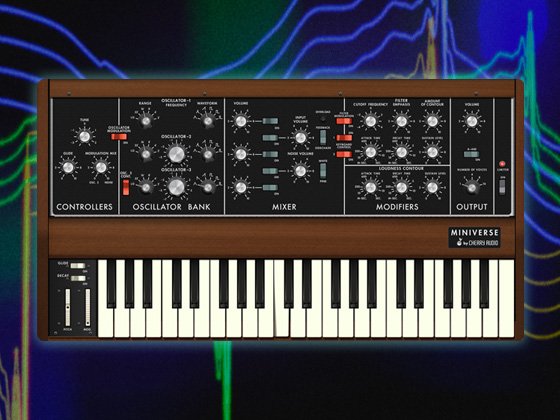$10.99 $21.00
Sequence per-step rhythm subdivision from a clock for complex rhythms, controlled rolls & ratchets, and fills like a robot octopus’.
Feed it a pulse (clock, LFO, or anything that crosses over 0V), and you’ll move through a 16-step sequnce, indicated by an illuminated blue ring. Turn each (outer) dial clockwise from 1 (no subdivisions) to 32 subdivisions, generated between the last and next clock-in pulses. Connect the OUT jack to a destination drum, envelope, another sequencer, or whatever wants to be fed rhythm.
The inner dial of each step lets you set the probability of whether subdivision takes place, or of each pulse within the subdivision firing (mode switch).
The subdivision dial also turns counter-clockwise for requiring several input clock pulses to advance to the next step.
You can make use of the STEP + jack to separately set the tempo (clock in) and when the sequencer advances (STEP +). STEP ADDR. alternatively selects the active step via continuous +/-5V CV signal. A RST jack allows odd timing & synchronization, with selectable (and modulatable) start step. Each step outputs a gate when it is active — tie one to the RST jack for less than 16 steps. There are three additional phased 90, 180, & 270 jacks outputting the sequence at progressive 4 step delays.
Also, there’s a pattern slider at the left, recalling entire sequences as you last left them, whenever you move it to a new position (0-19). It too can be modulated (SELECT jack), stepped through (+1 jack), and limited (max dial) to just those sequences you’ve made. The mod jack modulates the mult/div of the current step. The master clock divider (how many input pulses required to advance steps) is also modulatable (top-left).
You can keep it simple with a clock-in and out connected while spinning a few dials for rolls and ratchets, you can make use of probability for generative variation, or you can dig into the network of modulation destinations and outputs for rhythmic discovery. This module will have you feeling in-control, yet questioning, “How did I just make that?”


























